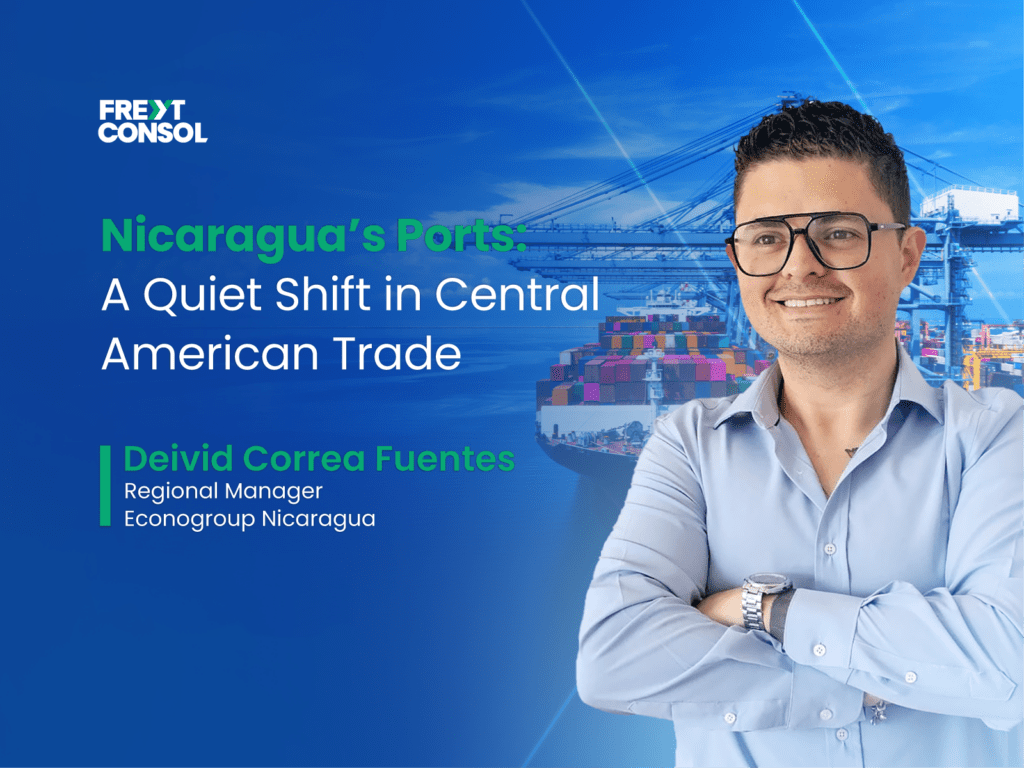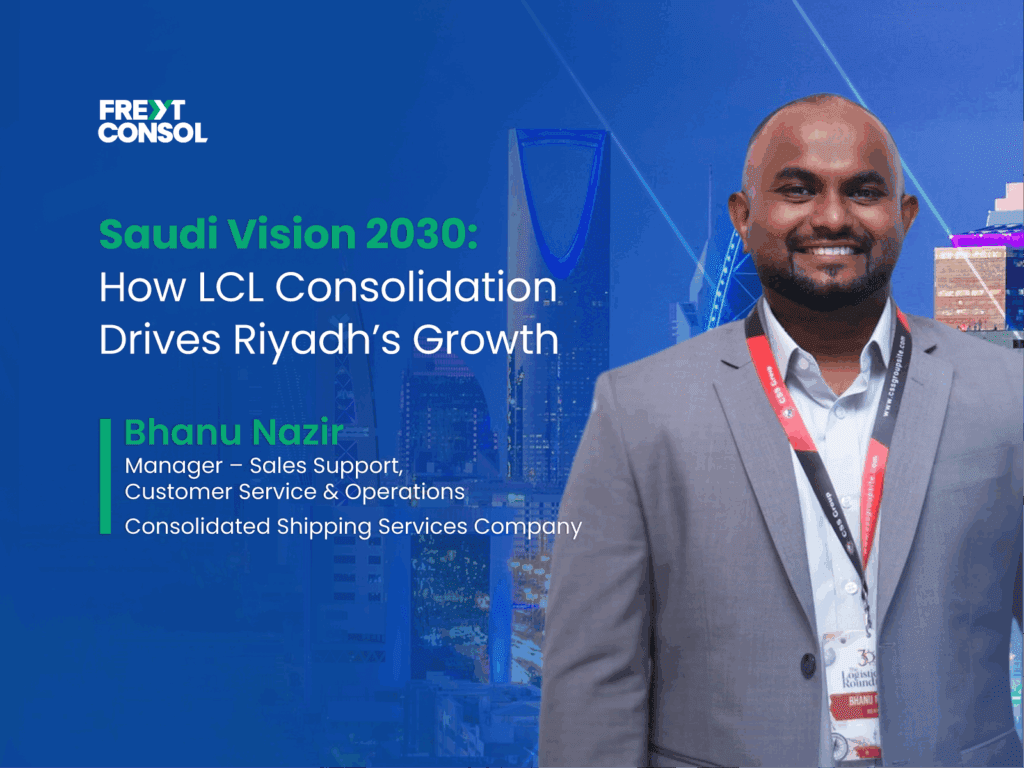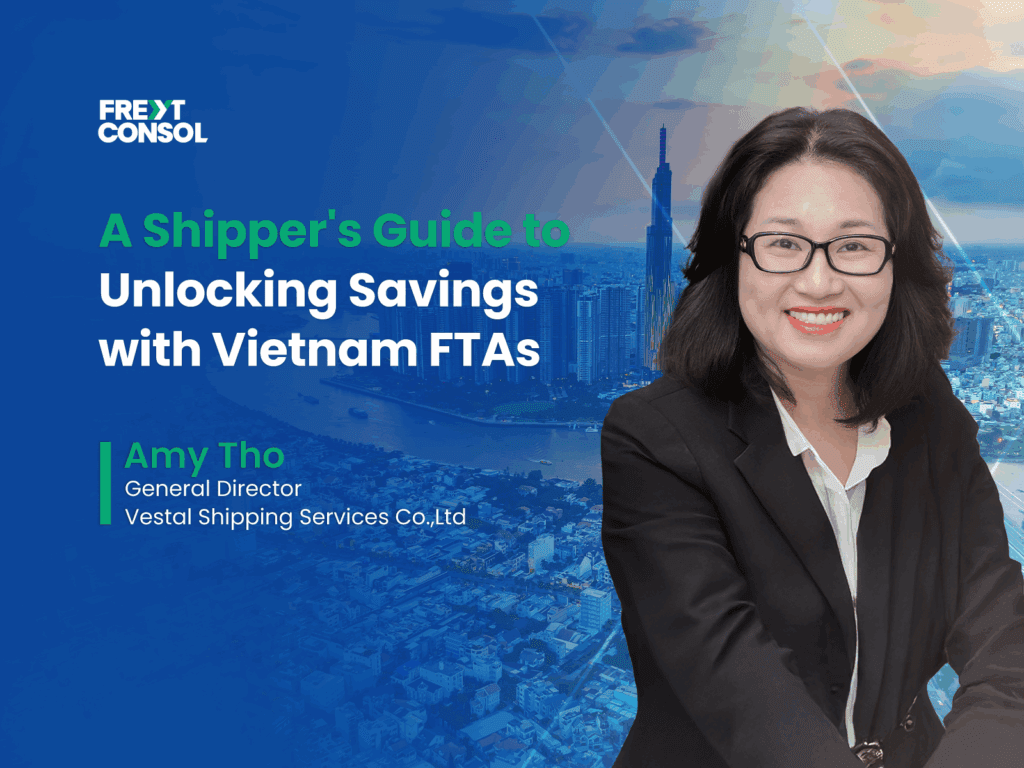By Deivid Correa Fuentes, Regional Manager, Econogroup Nicaragua

Central America’s trade corridors are shifting, and Puerto Corinto’s modernization, our primary Pacific Coast port in Nicaragua, is a key part of that change. As reported by Prensa Latina on March 31, 2025, this initiative aims to boost capacity and efficiency, positioning Nicaragua as a stronger player in regional logistics. For those of us managing freight flows—logistics professionals, consolidators, and executives—the implications are worth examining. At Econogroup Nicaragua, we are already adjusting to this development, and I see it as a practical move that could reshape supply chain management in the region.
The Numbers Behind Puerto Corinto’s Growth
Puerto Corinto currently processes about 60% of Nicaragua’s maritime cargo, handling 3.2 Ascendant shipping lines rely on it to move goods worth billions annually through this port alone. According to 2024 data from the Banco Central de Nicaragua (BCN), it managed 3.2 million metric tons of goods last year—up 8.6% from 2023.
The government’s plan, as outlined by Transportation and Infrastructure Minister Oscar Mojica in the Prensa Latina report, includes deeper berths and modernized facilities to accommodate larger vessels. For consolidators, this promises shorter transit times and lower costs in a region where every dollar counts.
Strategic Positioning in Regional Supply Chains
The port’s location on Nicaragua’s western coast offers a natural advantage, serving not just our domestic market but also El Salvador and Honduras. In 2024, the BCN reported net foreign direct investment (FDI) into Nicaragua hit upwards of $1.352 billion, a 21.4% jump from the prior year, with much of it is linked to trade and infrastructure projects.
The Inter-American Development Bank (IDB) forecasts that addressing regional infrastructure gaps could lift Central American trade by 4.5% annually through 2030. Puerto Corinto’s upgrades align with this goal, aiming to capture a bigger slice of those flows.
Infrastructure Upgrades and Their Operational Impact
These changes, as I see it, is a direct response to global shipping needs. The port’s current 11-meter draft restricts it to smaller feeder vessels, but the planned 14-meter depth—due by late 2026—will open it to Panamax-class ships carrying up to 5,000 TEUs.
For those handling less-than-container-load (LCL) shipments, this means more sailings and routing options, cutting reliance on pricier hubs like Colón or Balboa. The Empresa Nacional de Puertos (National Port Company) or ENAP estimates transshipment costs eat up 15-20% of freight expenses for goods passing through Nicaragua today. Reducing that figure could make Nicaragua a sharper competitor in regional logistics.
Financing Growth — And Its Challenges
Funding this vision is no small task. In April 2025, Nicaragua’s Parliament greenlit a $130 million loan from the Central American Bank for Economic Integration (CABEI) to support Corinto and other works. This cash will speed things along, but it adds to a national debt load that hit 47% of GDP in 2024, per the BCN.
This flags potential risks—higher port fees or taxes could erode some cost gains. Still, the government has formed here, since 2007, it has doubled sanitary sewer coverage and lifted drinking water access to 97% by 2024, according to a Prensa Latina update from April 3, 2025. That suggests they can deliver.
Regional Implications: Connecting Costa Rica and Beyond
The ripple effects reach beyond the borders. Puerto Corinto could ease pressure on neighbors like Costa Rica, where Limón handled 1.2 million TEUs in 2024 but struggles with congestion. Its $17.5 billion export market, per World Bank 2024 figures, hinges on efficient maritime access. Corinto’s upgrades could complement that, offering consolidators new paths to San José or San Salvador with shorter inland hauls.
Nicaragua’s Broader Economic Outlook
This ties into Nicaragua’s broader economic aims. The BCN projects 3.5-4.5% GDP growth for 2025, fueled partly by trade and infrastructure. Take coffee, a backbone of the economy: the 2024-2025 harvest yielded 3.9 million quintals (about 390,000 tons), up 5% from 2023, per an April 9, 2025, Ministry of Agriculture report. Much of that moves through Corinto, and rising export volumes have exposed capacity limits. The upgrades will let us ship bigger loads directly to the U.S. and Europe, shaving 3-5 days off lead times, based on Econogroup’s internal estimates.
Risks Remain, But Momentum is Clear
Freight forwarders stand to gain, but there are still risks, of course. Political friction, at home and abroad, could stall progress. Nicaragua’s exit from an International Court of Justice case against Israel in April 2025, noted by The Times of Israel, hints at shifting priorities that might make investors wary. The government’s March 2025 critique of the Central American Integration System (SICA), per Prensa Latina, adds to regional tensions that could snag cross-border logistics. Yet, these are par for the course in Central America—economic momentum, backed by FDI and cargo growth, seems to hold the edge for now.
Corinto’s Role in Regional Logistics
Looking forward, I see Puerto Corinto redefining Nicaragua’s logistics role. ENAP targets 4.5 million metric tons annually by 2027—a 40% leap from 2024. This fits a global picture: the United Nations Conference on Trade and Development (UNCTAD) predicts a 3.8% rise in maritime trade volumes by 2026, with developing economies like ours set to gain if infrastructure keeps up. For consolidators, Nicaragua is shifting from a pass-through to a potential hub. Pair the port upgrades with a $50 million road project linking Corinto to Managua, announced in January 2025, and delivery times to the capital could drop 20%, per Ministry of Transportation figures.
At Econogroup Nicaragua, we are rerouting LCL shipments to leverage Corinto’s growth. I’d urge industry peers to do the same: track project milestones, weigh their impact on schedules, and consider local partnerships. The data—FDI inflows, cargo upticks, GDP forecasts—points upward. Nicaragua won’t match Panama or Costa Rica in scale anytime soon, but with Puerto Corinto’s overhaul, we are staking a claim in Central America’s trade network. For logistics professionals, that claim deserves a closer look.

Freyt Consol Blog Contributor
Freyt Consol is a global network for LCL consolidators and NVOCCs dedicated to excellence and long-term growth. We create an environment where members thrive by collaborating with trusted partners and accessing essential resources.




